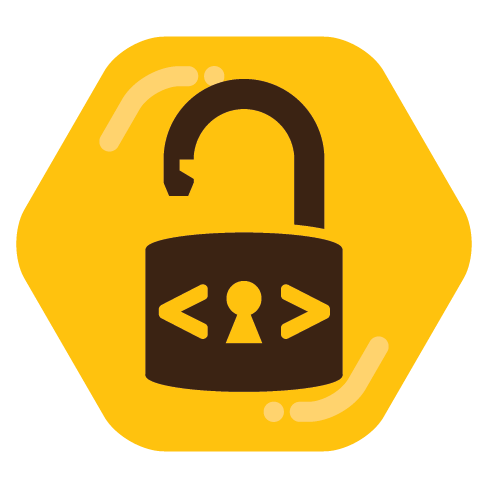

I stopped making assumptions based on logic in this world 😂 That said, I’d love to hear about any good FOSS options too. The main issue with Lemmy is that most discussions only get attention for a short time after being posted — even the OPs vanish first. :(


I think the link is wrong, or at least not working for me.
Kagi does indeed look promising after a quick test. The options are particularly interesting. Thanks for sharing.
Only the requested captcha is bothering me.